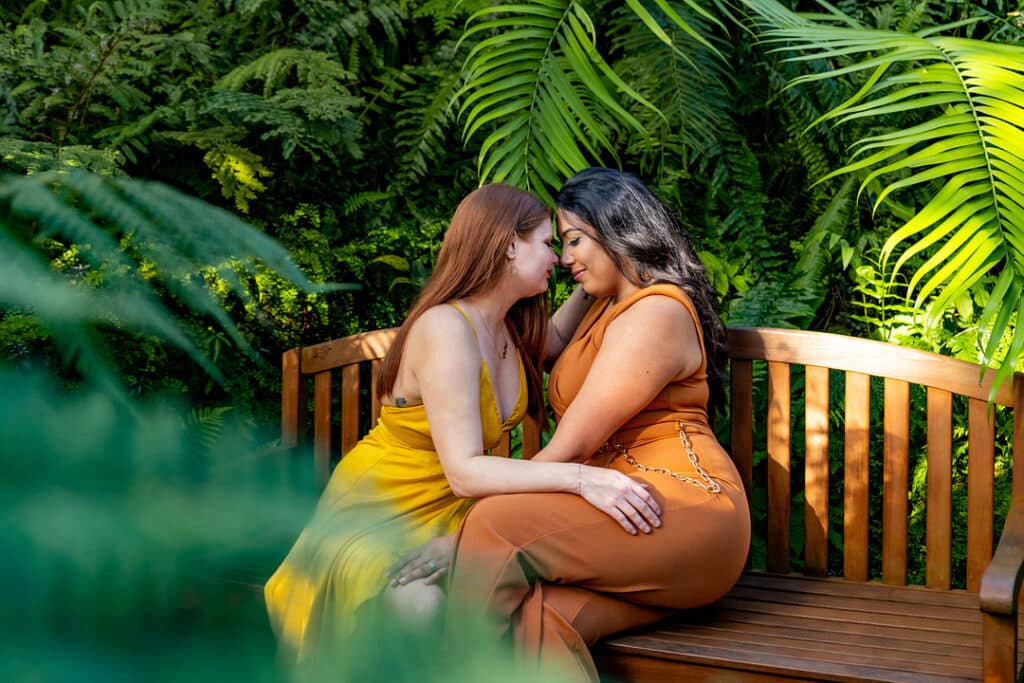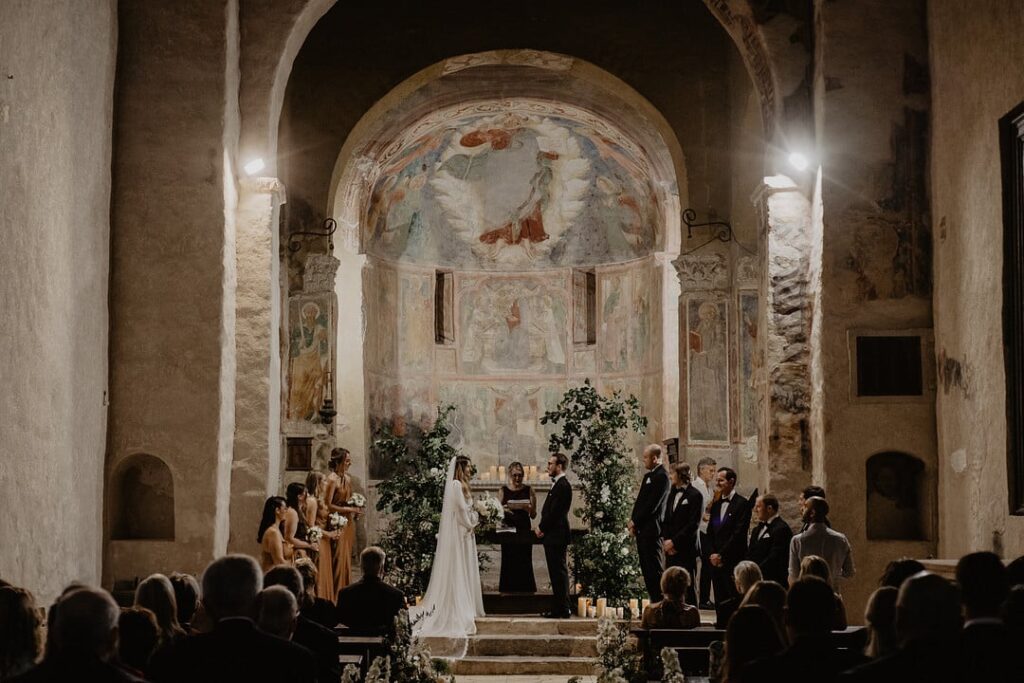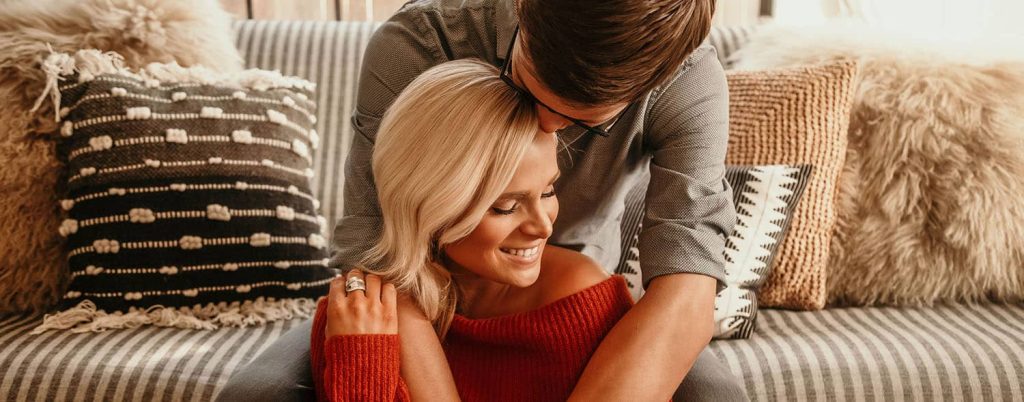
A wide angle lens may be an unexpected lens choice for a portrait photographer, but when done right, the results can be stunning! (Photographs by LORETTA LEWIS PHOTOGRAPHY)
Walk into any camera shop, ask a salesperson to show you the “best portrait lens” for a full-frame DSLR, and they’ll most likely hand you an 85mm lens. (On 1.5X sensor or “crop-sensor” cameras, this translates to an approximately 55mm lens.) The 85mm and its equivalent are stunning lenses, it’s true. Without much effort, you can achieve gorgeous bokeh, beautiful background compression, and exquisite detail – all with little to no distortion, even with a close-up subject.
But what if all you have handy is a wide angle lens? Or what if you’re shooting in a tight space, or trying to include the environment in your portrait? Here’s how to use a wide angle lens to create gorgeous portraits.
Start your free trial with ShootProof
What Are Wide Angle Lenses?
Wide angle lenses have a broader field of view than standard lenses, such as an 85mm lens. With wide lenses, like a 20mm or 24mm, you can capture more of the scene in front of you. You’ve probably used wide lenses for photographing landscapes or real estate; however, you can create some amazing portraits using wide angles, too!
Creating portraits using wide angle lenses can enhance perspective, but also distort proportions. If you capture the same portrait with a 24mm lens and a 50mm lens, the image from the 24mm will slightly distort your subject in the frame–especially around the edges. So be careful not to place bodies on the edges of the frames, unless it’s purposeful. If you want an even wider perspective, a fish-eye lens includes even more of the scene and can creatively capture a sense of place.
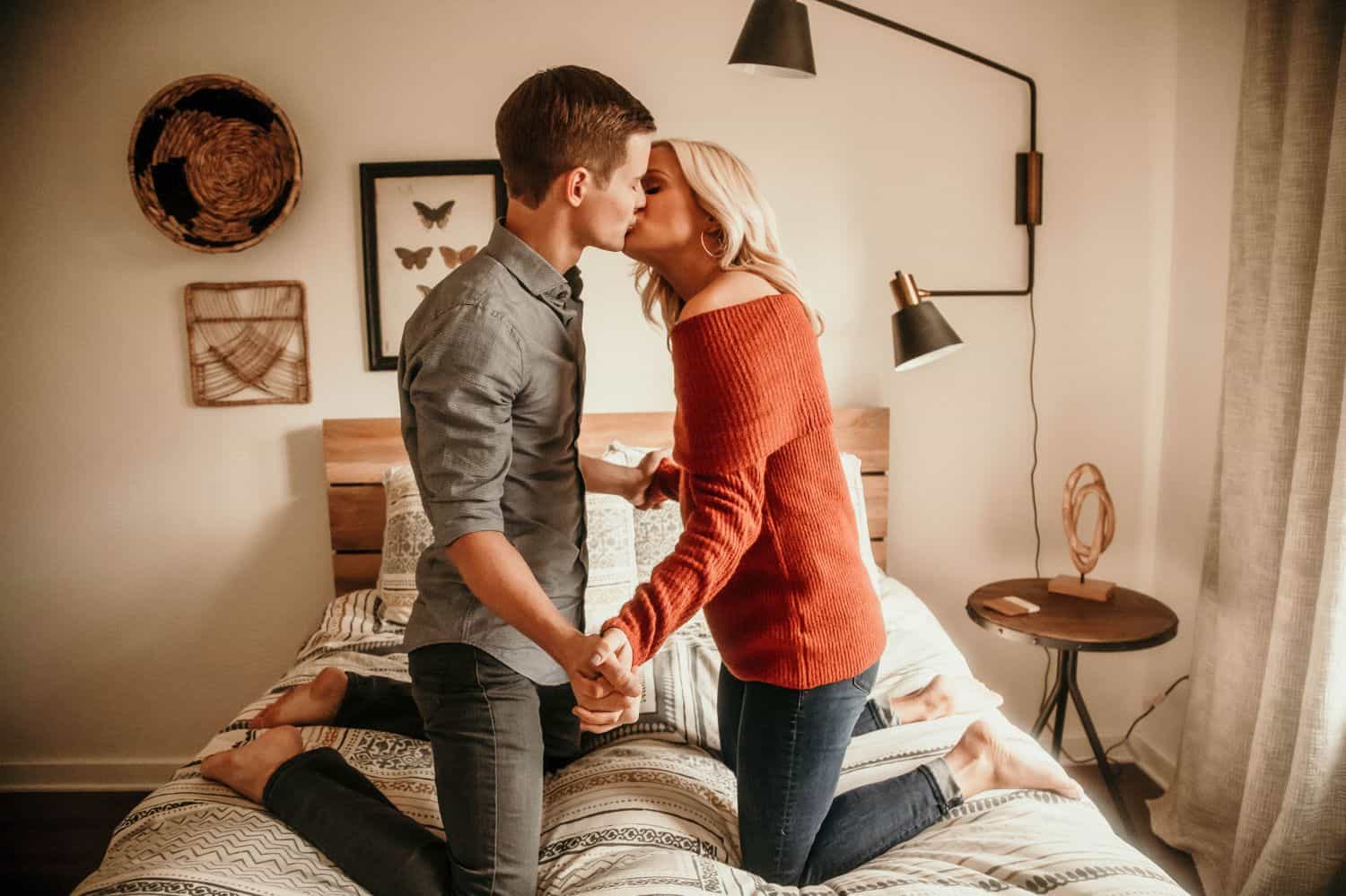
Photographed by Loretta Lewis at 24mm, f/4
Use a Wide Angle Lens to Tell a Story
Because wide angle lenses showcase so much of the surrounding environment, they’re great for storytelling. A wider lens shows off the space your subject is in like no other, and it’s excellent for creating an in-focus image even at wider apertures.
Pro Tip: Get close!
If you want to get noticeable bokeh on a wide angle frame, you’ll need to shoot really close-up. Even at, for example, f/1.6, a wide shot won’t give you that fuzzy bokeh vibe unless your subject is super-close to your lens.
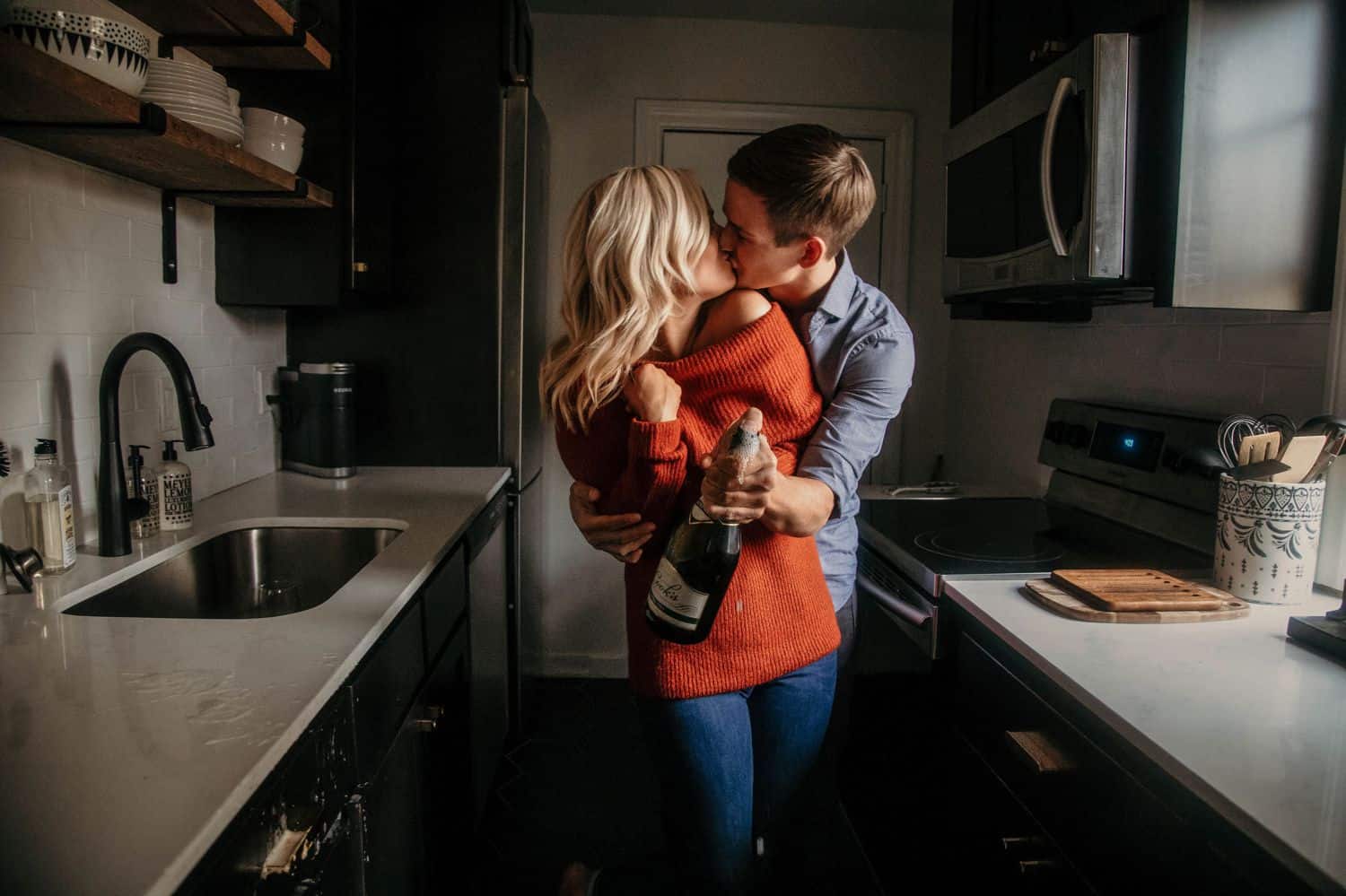
Photographed by Loretta Lewis at 24mm, f/4
Create a Natural Vignette
Most wide angle lenses introduce some level of vignetting into the image. Use this to your advantage by placing your subject in a beautiful spot of light, then enjoying the deeper shadows that surround them. Enhance this muted outer-edge by shooting with a wide-open aperture.
Get clients. Get paid. Get happy.
Pro Tip: Eliminate Unwanted Vignetting
“To remove vignetting in Lightroom, all you need to do is head into the Develop module and, under the Lens Corrections panel, select the Enable Profile Corrections box. Once this box is checked, it will remove the vignette [according to the profile of the camera and] lens you used. These profiles are built into Lightroom.”
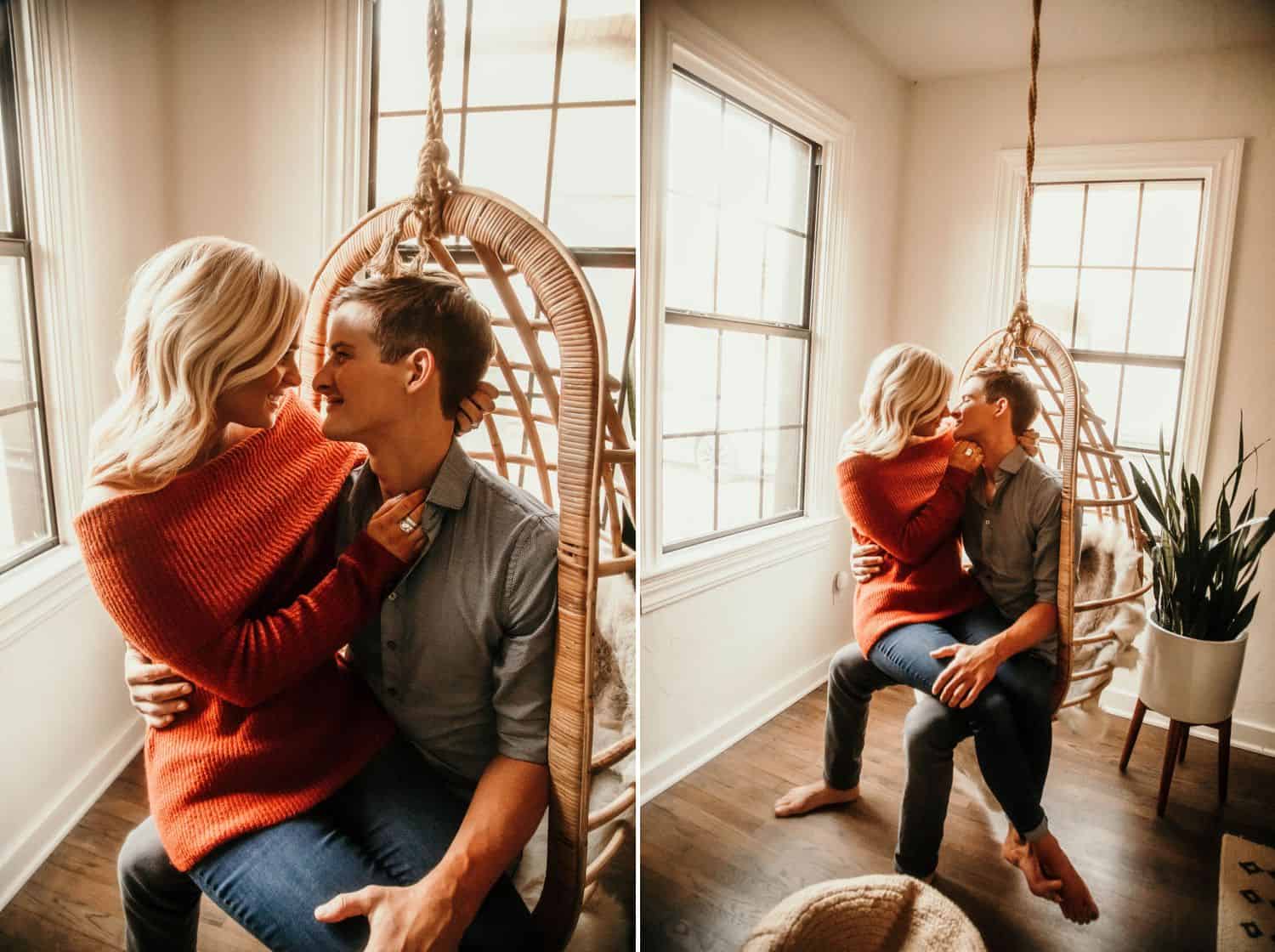
Both images photographed by Loretta Lewis at 24mm, f/4
Yes, You Can Shoot Vertically With a Wide-Angle Lens
Conventional wisdom tells photographers never to create vertical images with a wide-angle lens. This is often good advice, as most stories occur on a horizontal plane – e.g., stuff is happening next to your subject, not above them on the ceiling or below them on the floor. But a wide-angle lens is unbeatable when it comes to:
- incorporating negative space
- showcasing more of a vertical subject and/or environment
Pro Tip: Watch Out for Bigfoot!
The wider the lens, the more distorted your image will be. At a focal length like 24mm on a full-frame sensor camera, you’ll primarily see distortion around the outer edge of the frame. On super-wide lenses, however, you will see distortion impacting even the center of the frame – especially as you get closer to your subject. Pay attention to these distortions, or you’ll inadvertently make your client’s feet look huge or his forehead excessively tall!
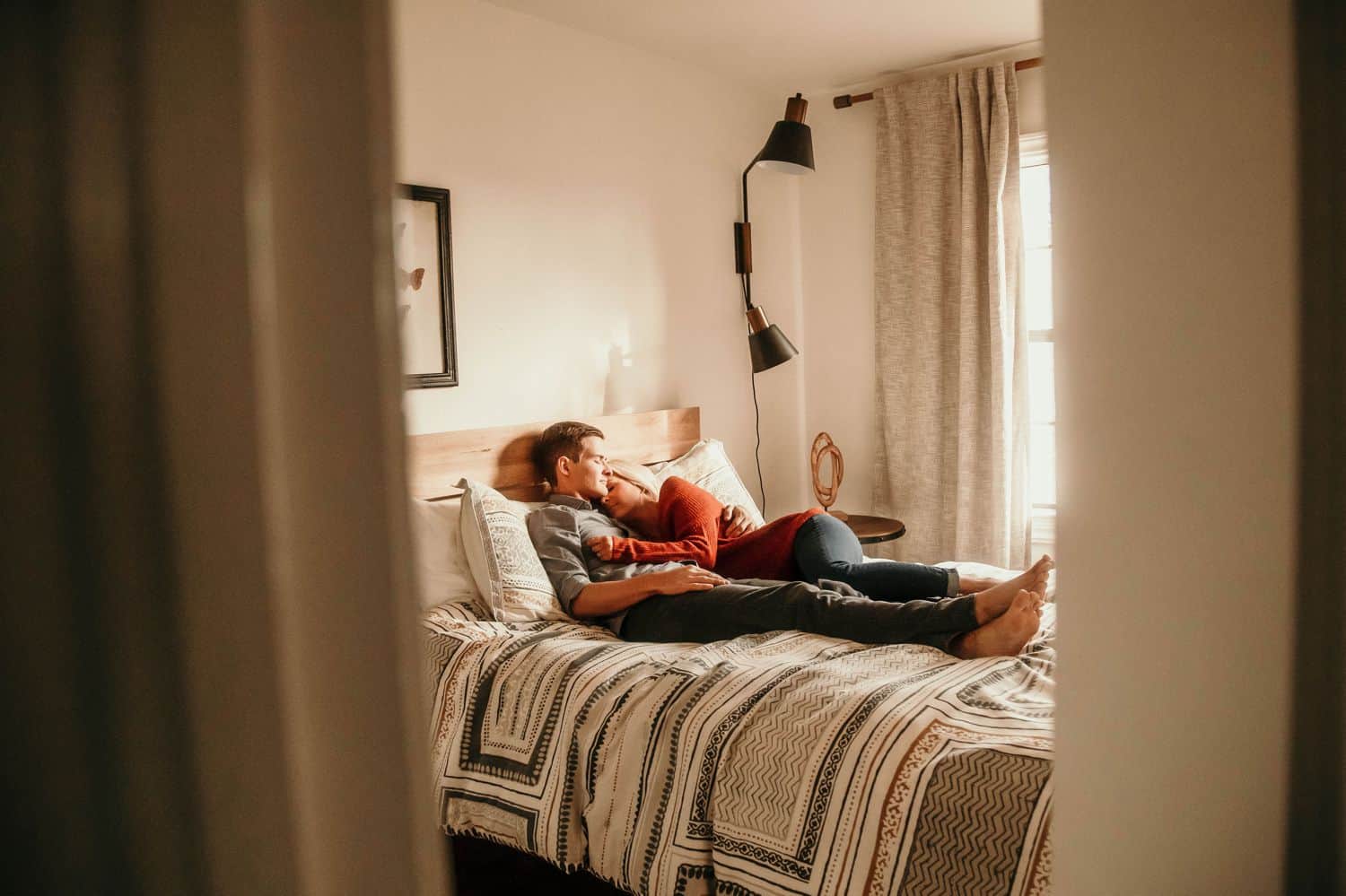
Photographed by Loretta Lewis at 24mm, f/4
Emphasize Your Subject
With a wide angle lens, it’s easy to bring architectural elements into your frame to draw attention to your primary subject. In the image above, Loretta brings our focus to the couple snuggling in their room by composing the photograph through an open doorway. A longer lens likely would have excluded the door frame; still a great image, but a totally different vibe.
Get started with ShootProof
Pro Tip: Shoot (Some) for Social Media
Photographs that can easily be cropped square are ideal for Instagram and other social media. Since our phones are vertically oriented, and most social media engagement happens on a smartphone, square or vertical images offer the most bang for your buck. Horizontal photos shrink to fit the available width, making them appear smaller. Photos like the one above are perfect for square social media crops!
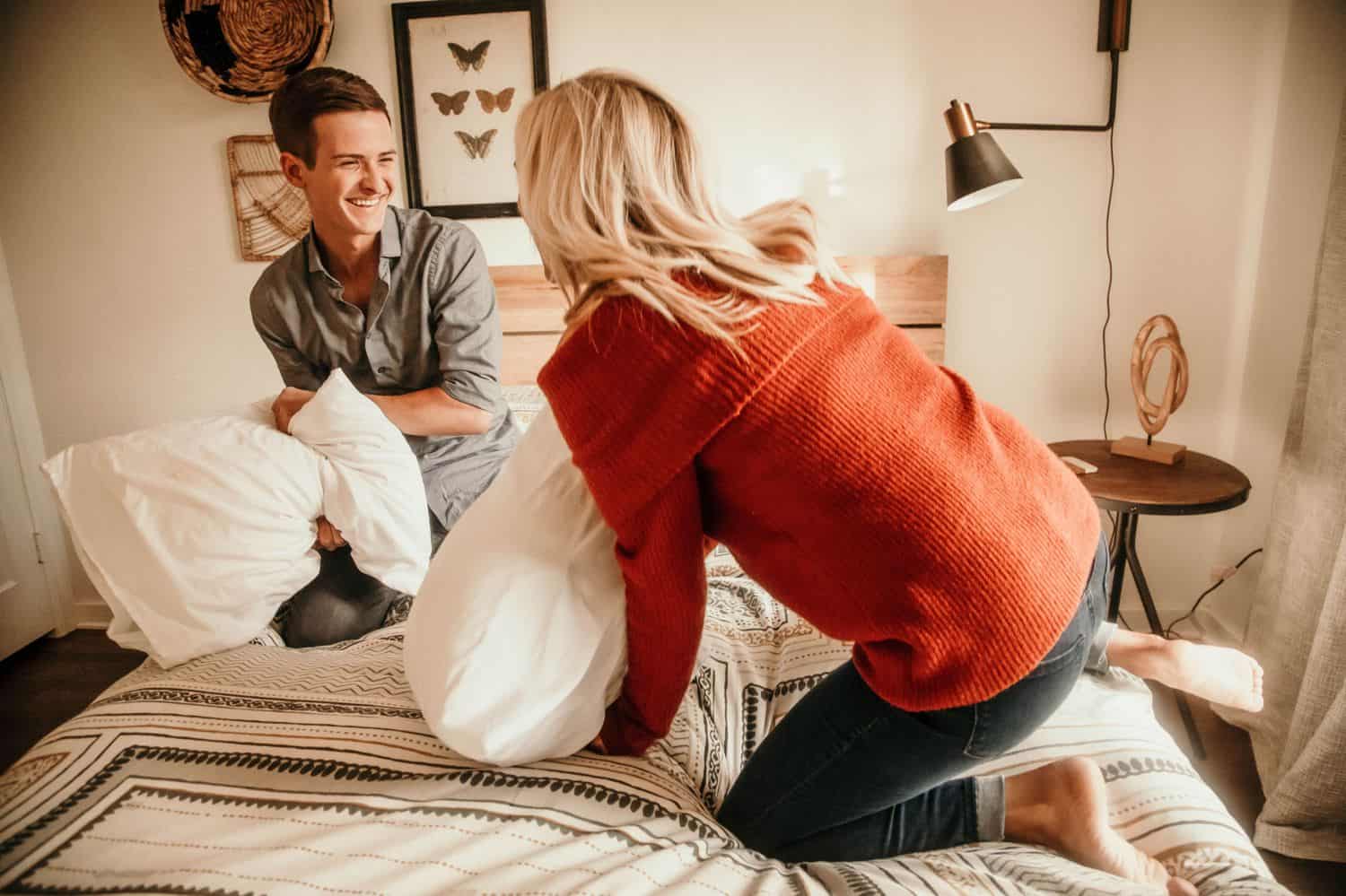
Photographed by Loretta Lewis at 24mm, f/4
Allow Room for Movement
When you’re in close quarters with subjects who are moving, a wide angle lens delivers your best shot at catching the action while also putting the viewer right in the thick of things. Whereas you’d have to stand back quite a distance to photograph a pillow fight with a 50mm or 55mm lens, this 24mm frame gets you up-close and personal without losing a moment.
Contracts & invoices for Pros
Pro Tip: Get In On the Action
Photograph action from too far away, and a wide angle lens will diffuse the fun. The whole purpose of a wide angle lens is to offer maximum story with minimum space restrictions, so don’t hold back!
Don’t Cram Too Much in the Frame
Wide angle photography doesn’t mean overstuffing your portrait with distracting objects–those shiny brass lamps may be gorgeous, but pull viewers’ eyes away from the main subject. This can make it tough for viewers to see what the portrait is all about.
If you’re unsure what to focus on, just pick one key element in the scene. For example, a child’s grinning face or a couple’s hands. Choose an emotive moment to highlight, whether it’s the couple’s embrace or a quiet moment of the groom resting his head on his partner’s chest. Just because you have more “room” in the frame with a wide angle does not mean you should cram it full of details from edge to edge.
If you’re photographing a couple in their home, look for interesting angles and simplified lines. You can add elements like moden décor, or even glasses of wine they’re sipping. Always make sure the focus remains on the main subject; keep props in the foreground or background. And opt for props that are simple and subtle.
See how to earn money with ShootProof
Pro Tip: Use Negative Space
Negative space is the space between or around the subject that contains little to no details. It’s tempting to include as much detail as possible when you’re experimenting with wide angle photography. However, negative spaces provide breathing room that allows your subject to shine–and that’s exactly what they want!
Mind the Gap
As you continue experimenting with wide angle photography, you’ll see how distorted objects at the edges of the frame look. When photographing people, mind the gaps around the corners and edges of your frame. Positioning subjects near the edges of your composition with a wide lens makes them look larger. Yikes, not ideal! If you want to flatter the subject, try to keep them closer to the center of the frame.
Pro Tip: Get Creative with Distortion
Don’t be afraid of a little distortion in your images! As a photographer, you can discover lots of ways to get creative when making wide angle lens portrait photos. Depending on your angle, exaggerated lines can help lead viewers’ eyes toward your subject. Think of portraits taken on steep staircases or in dramatic architectural settings. Use angles and lines to your advantage!
Scout out Non-Distracting Backgrounds
Ever feel like the background is competing against the subject for attention? Telephone pole growing out of your bride’s gown?! In the case of wide angle portraits, you can’t isolate your subject as easily, since you are working with a specific focal length.
Your legs are your “zoom.” Sometimes, all you need to do is move until you find the right vantage point to minimize messy backgrounds. You can avoid distracting elements by obscuring them behind your subjects or cropping distractions out. Whenever possible, search for clean backgrounds that keep the focal point on your client.
Empower your clients with gorgeous galleries.
Pro Tip: Find Contrast in Portraits
Non-distracting does not mean you need to have boring backgrounds! Look for vibrant walls that add a pop of color, or play with lighting to create a clear contrast between your subject and the backdrop. By playing with contrast, you can really place full focus on your client and create interesting portraits.

Photographed by Loretta Lewis at 40mm, f/4
Find Your Focus
The center of the frame will always be the sharpest part of any wide angle images. Be cautious placing critical elements at the edges of your composition; you risk distortion and lens blur. Shooting with a smaller aperture (such as 5.6 or higher) can help retain crispness throughout your photo, as can wide angle lenses that incorporate aspherical glass, such as Canon’s EF 24mm f/1.4 II USM.
How do YOU use your wide-angle lenses?
Comment below!
Written by ANNE SIMONE | Photographs by LORETTA LEWIS PHOTOGRAPHY via TWO BRIGHT LIGHTS
Share ShootProof With a Friend & Earn $$$!



